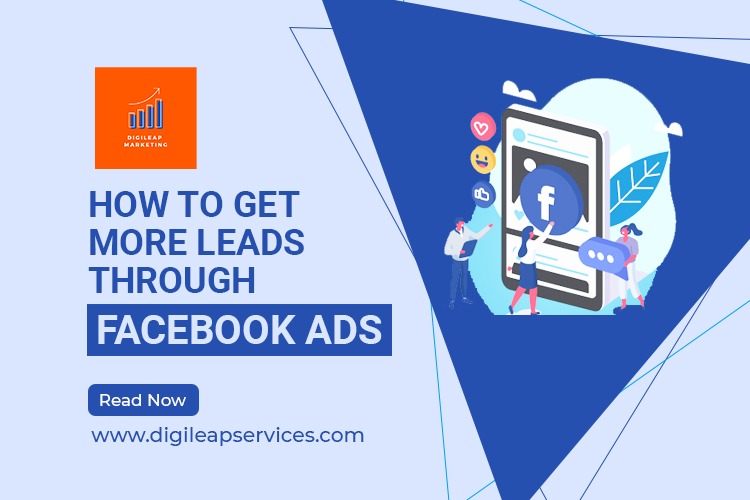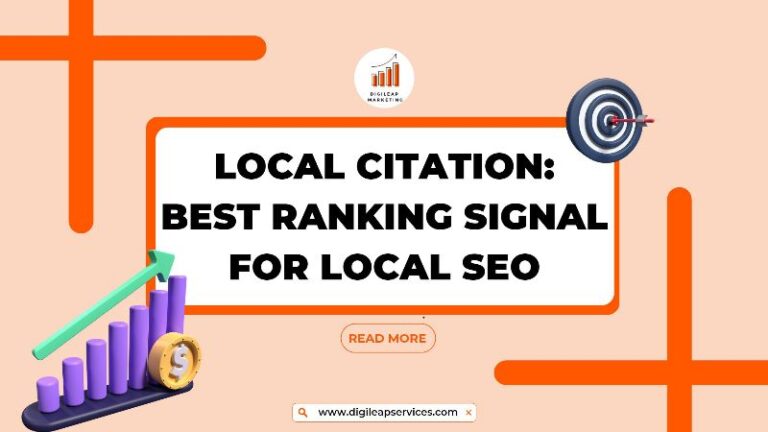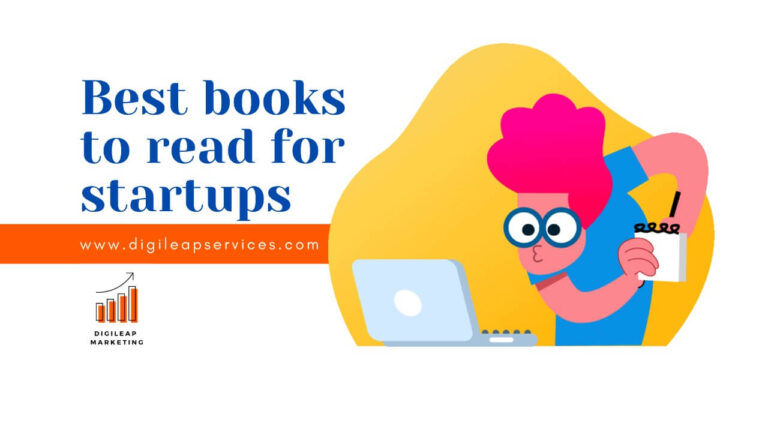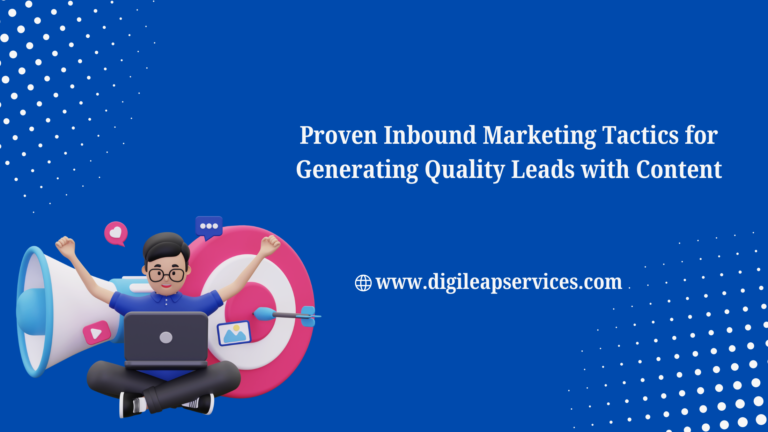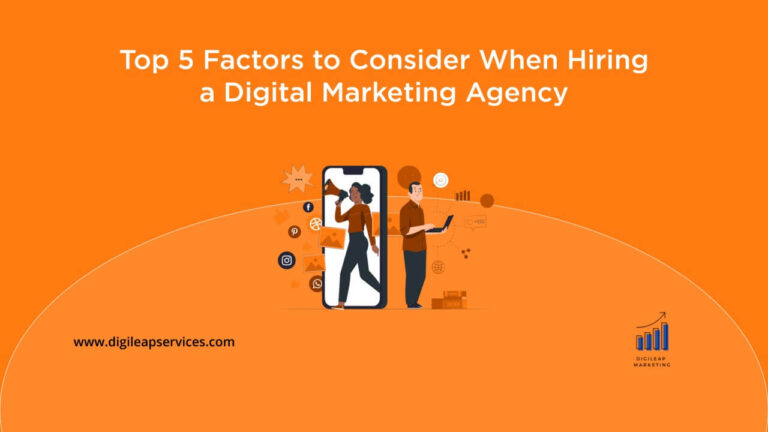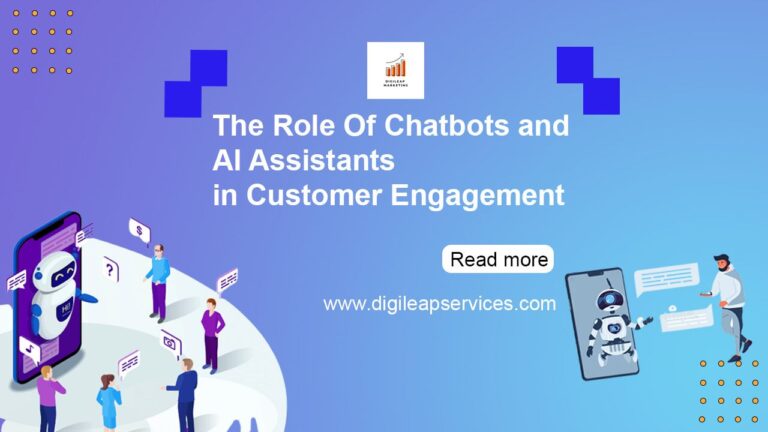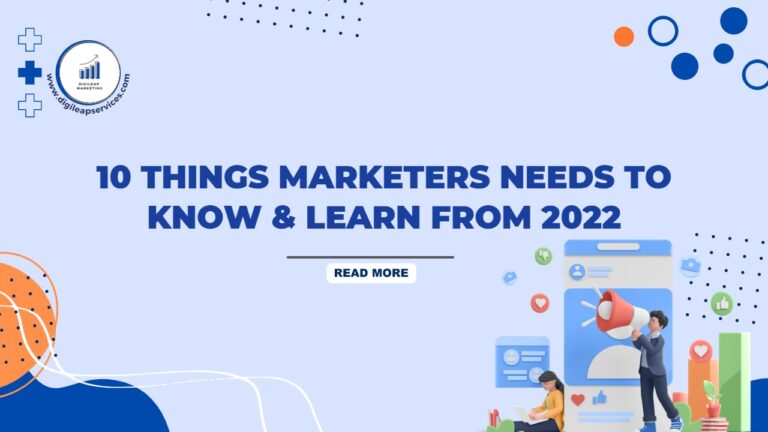How to get more leads through Facebook ads.
Facebook may also help you get found more readily in search, build a community around your business, promote your content, and establish a strong brand identity. One of the reasons to use Facebook lead is that someday they lead to paying clients. However, many marketers need to pay more attention to Facebook as a source of leads. If you are one of these marketers, you will miss out on reaching thousands or millions of potential clients. Even if you’re already producing leads on Facebook, we may all benefit from a boost in our lead creation efforts.
What exactly is a Facebook lead?
A lead has expressed an interest in your company’s products or services by providing you with their contact information. A lead might express interest in several ways, such as taking an online survey or filling out a form to receive an eBook. Unfortunately, liking a Facebook status post, photo, or video does not qualify someone to be a Facebook lead. That type of behavior does not imply interest in your organization or products/services, as they may have liked your post because it included a cute puppy, you know?
By making it easy for present or future consumers to give their information to you, Facebook lead ads can help you gain more customer connections. Use the promotion type Get More Leads to create an ad seeking contact information. If people enter their information, you can contact them for newsletter sign-ups, price estimates, and other purposes.
Benefits of using a lead.
- Make contact with high-value customers. Lead advertising allows visitors to discover more about your company and can help you find customers who are most likely to make a purchase.
- They have put contact forms right inside the ad and optimized the ad experience for mobile, so the form loads rapidly.
- Select the questions to include in your form. You can adjust your client contact form questions to your company’s needs.
- You can quickly download your leads. You can download your leads from Facebook or connect them to a CRM (customer relationship management) system.
- Pre-populated to expedite completion The form is pre-populated with information from Facebook, such as people’s names and email addresses, making it quicker to complete.
How to Use Facebook Lead Ads to Generate Leads
Lead advertising is undoubtedly the most popular strategy for generating leads on Facebook. These are sponsored posts on your audience’s News Feeds, Stories, Marketplace, and other platforms. These ads target Facebook users who are most likely interested in your company based on their online and offline behavior. When users click on a lead ad, they are encouraged to fill out a form and provide your organization with their contact information.
- Posts on Facebook
Your Facebook updates are most likely what piqued your audience’s interest in the first place. These might be past posts or part of a larger campaign that directs users to your website or Facebook page. Within the post, you may link to a form or drive viewers to a landing page where they can enter their information.
- Messenger on Facebook
Facebook Messenger functions similarly to a built-in live chat feature on your Facebook Page. Users can ask questions about your brand and its products in a private 1:1 conversation. Need more time to operate a live chat channel around the clock? No worries. You can reply to client inquiries by installing a bot on your page. Your team can use Facebook Messenger, whether a bot or a person, to route interested visitors to your website and landing pages, where they can convert from prospects to leads.
- Facebook Events
Is your company planning an annual networking event? Is there a charity or fundraising to which users can donate? Please share it on Facebook. You can create dedicated pages for your forthcoming events using the Events feature. Your audience can sign up, fill out forms, and become leads in one location while registering for your event.
- Live Video on Facebook
If you want to take a more spontaneous approach to lead generation, consider using Facebook Live Video. Live Video generates a public, real-time broadcast that your audience can view on their News Feed. Viewers react and comment on your video in real-time, and you may use this platform to guide prospects to your marketing content.
- Run customized advertising to increase the reach of your content.
One of the most beneficial things Facebook can do for your business is to broaden your reach to new consumers by launching a lead-generation ad campaign. You can design ads that target people based on their location, age, gender, hobbies, and even things they do outside of Facebook, thanks to Facebook’s extensive targeting features.
- Share the blog entries that are generating the most leads.
Another strategy to create leads from your content is to select and share the most popular blog pieces. The topic and title of the blog post will entice your audience to click and read. Then they’ll find a CTA within that piece, preferably high up, near the beginning, to either a solution to an issue they’re experiencing or something they want to learn more about.
- Include links in your image caption.
Most marketers recognize the significance of incorporating visuals such as photographs and videos in their Facebook strategy. Consider incorporating links to your website in the descriptions for your photographs, particularly your profile picture and cover photo descriptions, to convert these greater engagement rates into lead generation opportunities. Links to a blog post, a piece of lead generation content, or just an “About Us” page let your audience get to know your organization better. And your profile image and cover photo descriptions are ideal real estate for doing so. People can access the download link whenever they view your cover photo directly.
We hope you find these suggestions for generating leads from Facebook useful. But keep in mind that Facebook is always evolving. While the concepts presented here are a good place to start, nothing beats testing each method with your target audience.

